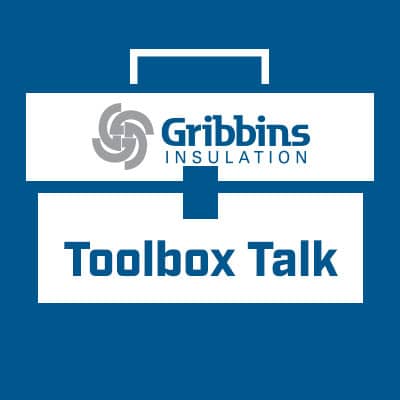Toolbox Talk – Confined Spaces – WE 07/09/2022
Explain dangers
The hazards of working in confined spaces are often not recognized until it’s too late. For example:
- Four workers died from hydrogen sulphide poisoning in a sewage holding tank.
- A worker was killed by carbon monoxide gas from a gasoline-powered pump used to drain a pit.
- A worker was caught in a mixing tank which was inadvertently started while he was inside.
Identify controls
In the Confined Spaces Standard (1910.146), “confined space” means a space that:
- Is large enough and so configured that an employee can bodily enter and perform assigned work; and
- Has limited or restricted means for entry or exit (for example, tanks, vessels, silos, storage bins, hoppers, vaults, and pits are spaces that may have limited means of entry.); and
- Is not designed for continuous employee occupancy.
In chemical and petrochemical plants, confined spaces include tanks, vessels, pipes, sumps, and pits.
Confined spaces in heavy industrial plants can be roasters, digesters, boilers, ID/FD Fans, mixers, bins, trenches/excavations and conveyors.
Sewage-handling and water-treatment plants include various kinds of confined spaces, from settling and holding tanks to maintenance holes and wells below floor level.
In general construction, confined spaces include vaults, maintenance holes, tanks, and other spaces that meet the criteria of the definition.
Physical hazards such as live electrical conductors, operating equipment, stored energy, pressurized pipes, noise, and heat sources must be controlled in confined spaces through lockout and tag-out (LOTO). You must also control other dangers, including those you may introduce into the space by the work being performed. Such hazards include hazardous dusts, chemical vapors, engine exhaust, and welding fumes.
Other spaces that may not fall under the definition of confined space but need to be assessed and controlled include
- basements
- halls
- small rooms
- tunnels
- crawl spaces
These spaces must be adequately ventilated to ensure hazardous materials and atmospheres are not present and do not accumulate from the work being performed. Workers have been overcome and killed by solvent and adhesive vapors in small, poorly ventilated rooms.
If at any time you are unsure if a space shall be considered to be a confined space, contact the safety department.


